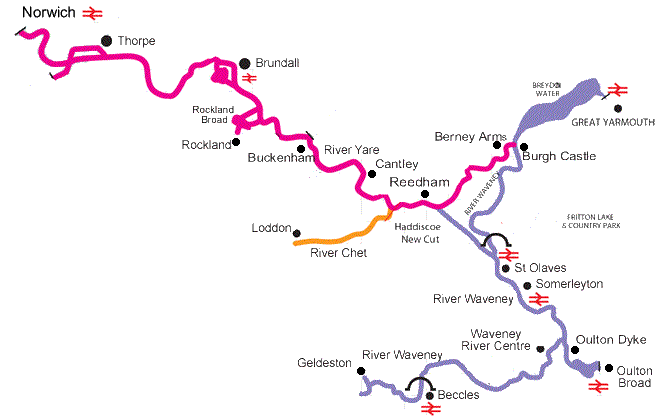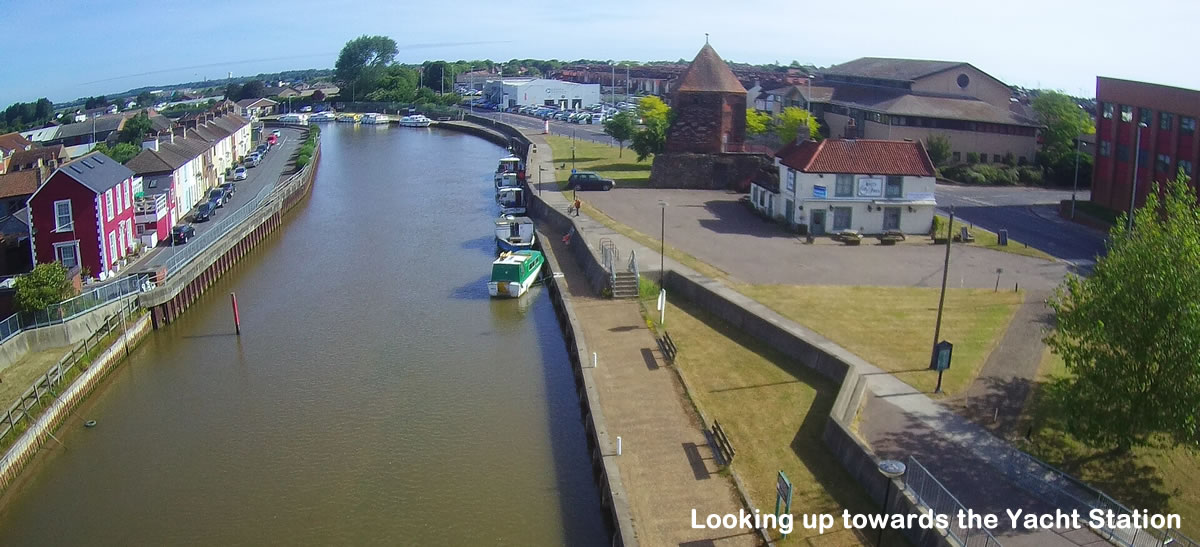
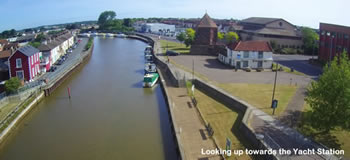
A Thorough Guide to Mooring or Passing Through Yarmouth and Breydon Water
First, an explanation of the tidal cycle
The tide rises and falls roughly twice every 24 hours. This is marked as High and Low water. When the tide is ebbing, which lasts for around 7 hours until the Low Water mark, the rivers are disgorging their watery contents out to sea. When the tide is in flood, which it does for 5 hours to the High Water mark, then as you can guess, the rivers are being flooded with water, which it carries inland many miles from Yarmouth. The ebb tide generally runs faster than the flood and is most noticeable at Yarmouth, a few hours before Low Water. So much water ebbs out that if you are moored at the Yacht Station, you can expect the river level to vary up to six feet, between high and low water times. Slack water occurs about one hour after Low Water, and aptly describes the lack of current in the river, which lasts for around one to two hours.
Low Bridges
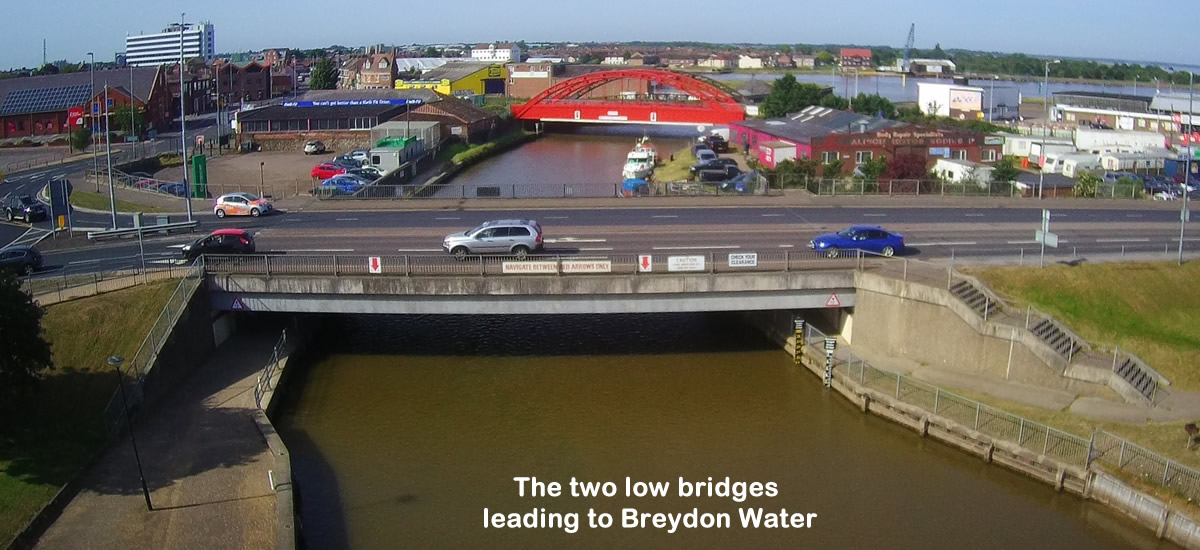
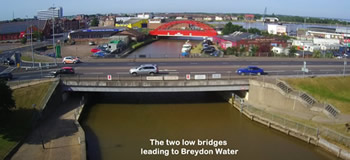
To complicate matters, there are two low(ish) bridges that cross the River Bure, close to where it meets Breydon Water and the River Yare. When the tide is ebbing out and at its lowest level, there is around 12 feet clearance, but that reduces to approximately 6ft 6 inches at high water, when the river is at its fullest. Clearly, at times when the current is running fast, the last thing you want to do is cruise up to the bridges to find there is insufficient headroom to pass underneath. As such, the passage to or through Yarmouth needs to be treated with caution. Having said that, as long as a few simple precautions are observed, it is not the daunting experience some people make it out to be.To keep this as simple as possible, I have divided the instructions into three scenarios. Firstly addressing travelling down the River Bure with the intention of mooring at the Yacht Station. Secondly, coming down the River Yare and across Breydon Water, before mooring at the Yacht station, and finally, making the passage through Yarmouth without stopping off.
Northern rivers leading down to Yarmouth


Southern rivers leading up to Yarmouth
